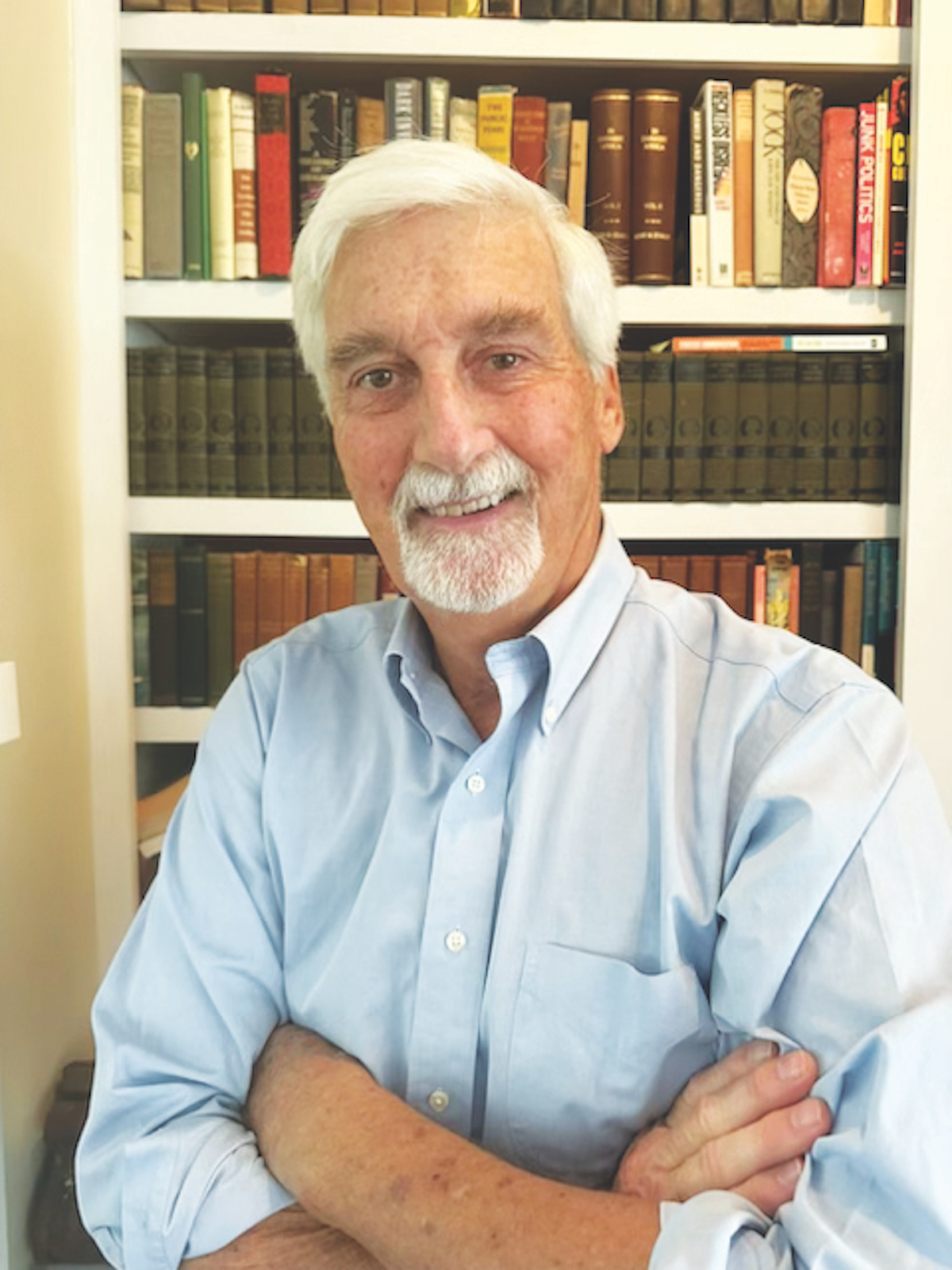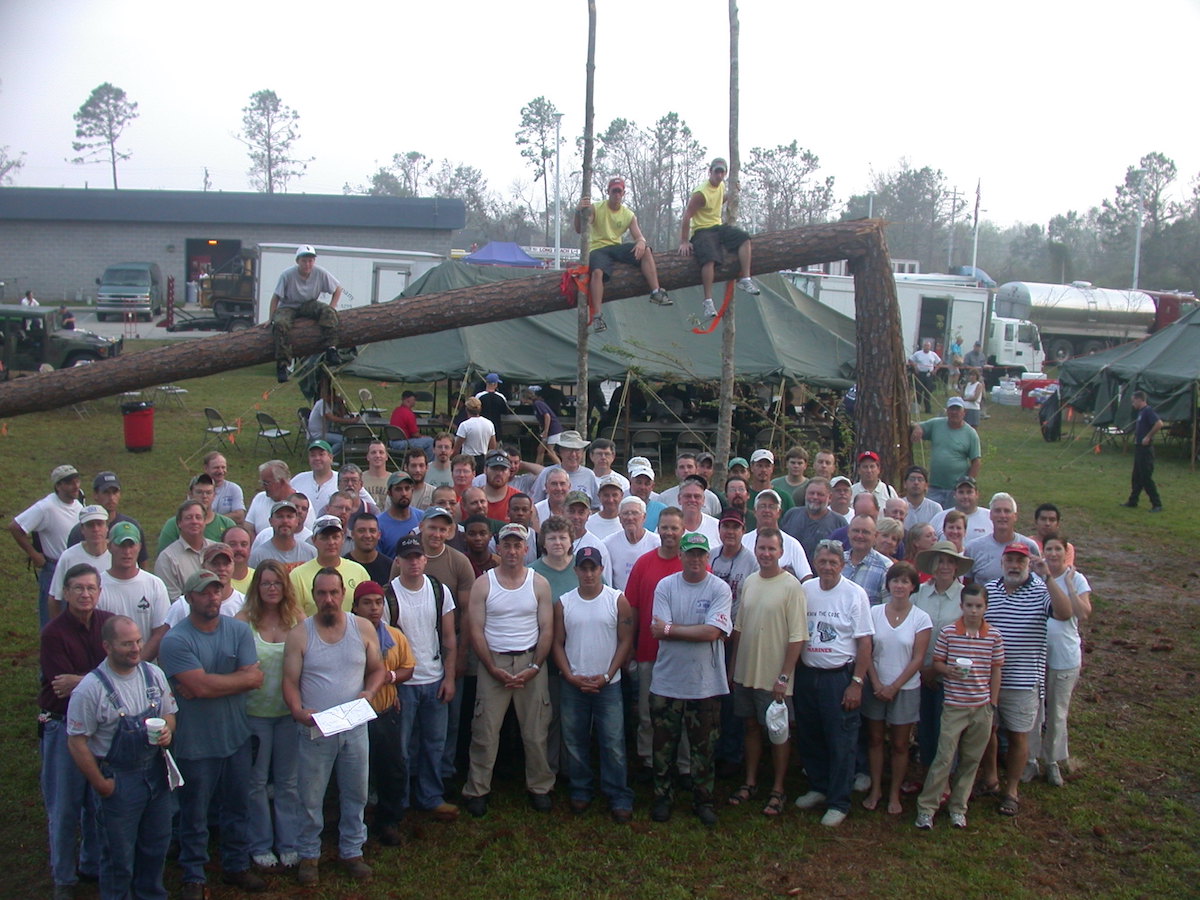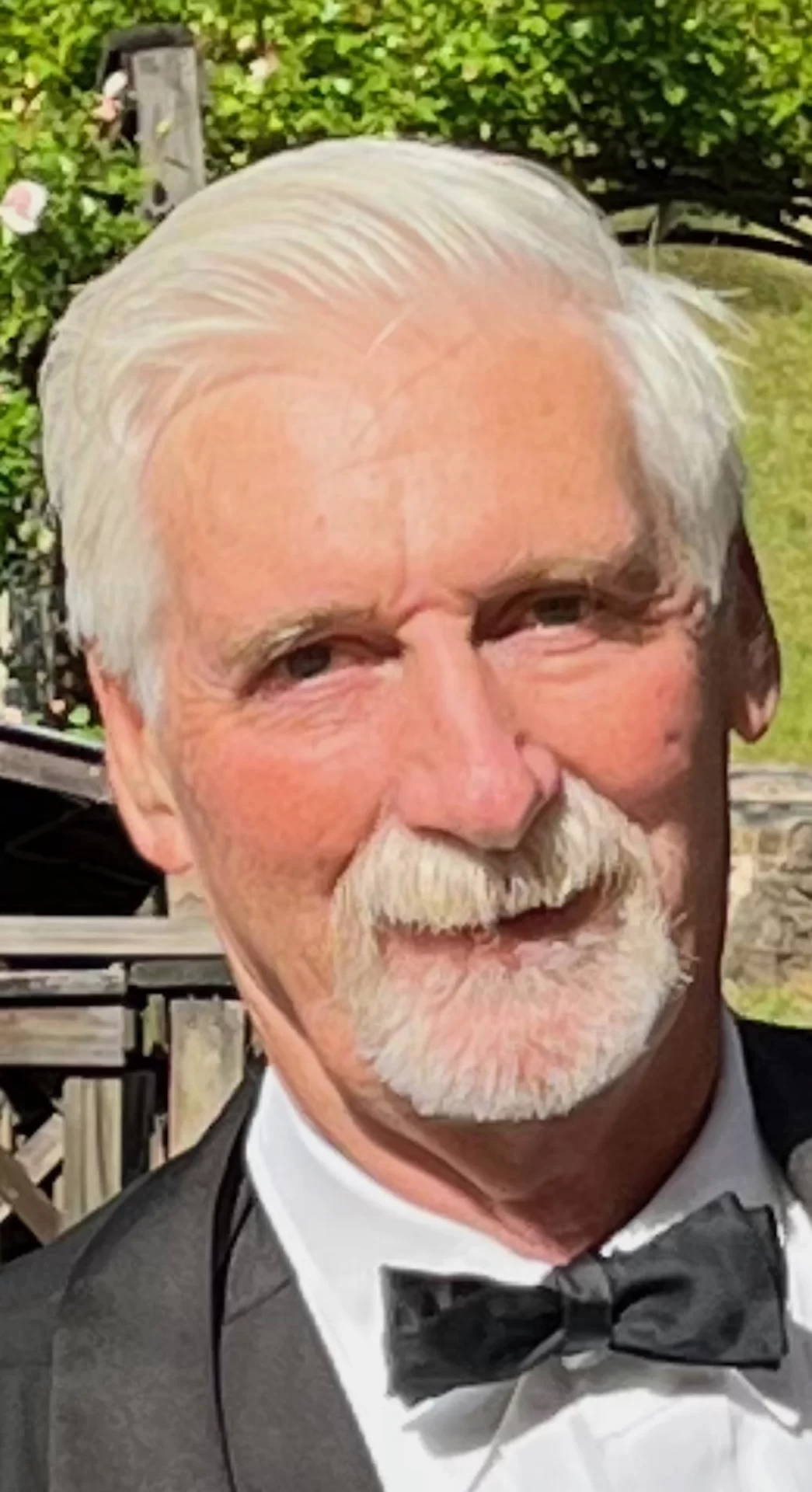By BILL RAUCH
There’s a new biography of Beaufort’s heavyweight boxing champion of the world from 1970-1973, Joe Frazier, due out next month although advance copies are available online already.
The book, Smokin’ Joe: The Life of Joe Frazier by Mark Kram, Jr., contains the fascinating tidbit that after Frazier beat Muhammad Ali in 1971 he used his newly-acquired celebrity to promote racial unity, including speaking on the topic to lawmakers in Columbia, and proposing a park in Beaufort with just one drinking fountain where children from all backgrounds might play together.
Frazier, the book makes clear, had bridled at the separate-but-equal Jim Crow laws that were enforced throughout the boxer’s youth and in more subtle ways beyond. It was because of the Jim Crow laws that the fighter imposed the one drinking fountain stipulation.
Frazier’s park ran into community opposition, the book says, and it was never built.
I wonder when Beaufort will be ready to welcome that park.
It wasn’t in 2004.
That was the year the city hired a world class design firm, Sasaki Associates of Watertown, Mass., to redesign the then 30-year-old Henry C. Chambers Waterfront Park. The park is built on a steel reinforced concrete shelf that is supported by hundreds of steel reinforced concrete columns that are anchored to the river’s floor.
In the early 2000’s some of the park’s structural elements were deteriorating. Parts of the park were literally washing into the Beaufort River. Altogether fixing the park in 2004-2006 came to be an $8 millioin-plus job.
Sasaki won the bid to provide the design and engineering. The firm’s designers were instructed to keep the best of the original park, but to suggest also ways to update and improve upon the original. Their proposed master plan for the rebuild showed several substantial changes, most of which sought to make the park more kid-friendly.
At the end of the park by the Woods Bridge Sasaki proposed a playground and bathrooms, all of which was built.
The designers also proposed an interactive fountain at the foot of the Scott Street Extension that was not built.
The proposed fountain, it was imagined, would be here – as were similar fountains elsewhere – a big hit with the children, and thus it was proposed to be built right outside of the playground’s front gate. The area finally became the now-familiar circular flower-bed that is known in some circles with derision as “the dirt fountain.”
Why?
In 2004, Council took up the Sasaki-proposed improvements one-by-one. The issue was not the money. The city had the money. It was the willingness of the Beaufort City Council to build a place where children from all backgrounds might splash around together. In a surprise, the deciding “no” vote was cast by Beaufort’s present mayor, Billy Keyserling, then a city council member who explained his vote saying “Beaufort isn’t a fountains city.”
That’s what he said, but we knew what he meant.
Beaufort’s city manager, John McDonough, arranged in the end for a water line to be constructed down the Scott Street Extension to where the street turns left to the parking lot. It is stubbed off there, silently awaiting the day when all the joy an interactive fountain will bring the city’s children seems to the Beaufort City Council to outweigh whatever problems may arise from children of all backgrounds playing together in the spray.
When the fountain is finally built, let’s call it the Joe Frazier Fountain.




